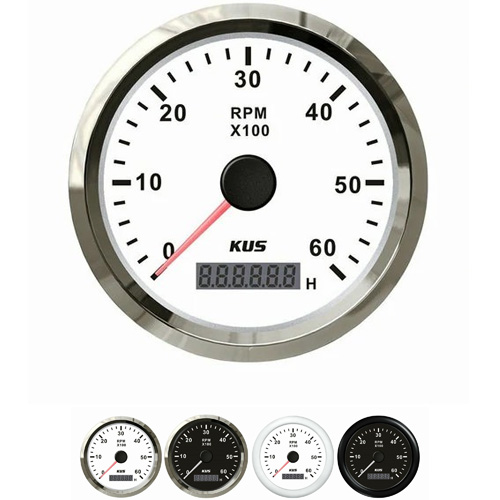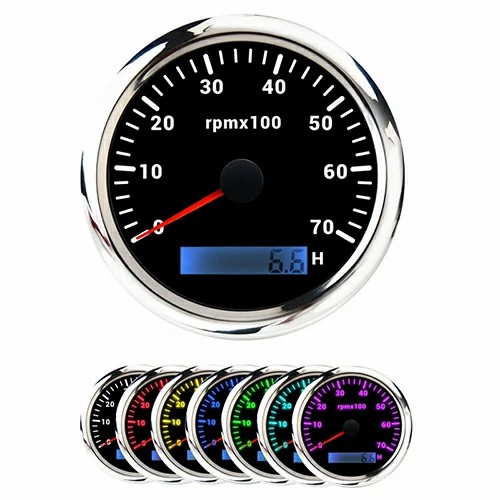mercury tachometer pole setting
There is no positive and negative magnetic iron block of mercury Tachometer. Because it is essentially a permanent magnet with the same magnetic field distribution and the same effect when used in different directions. The magnetic field is composed of the North Pole and the South Pole, and the mercury Tachometer magnet block does not change the distribution of its two poles in different directions. Therefore, the distribution of its magnetic lines of force is the same whether it faces up or down, so it does not need to consider the positive and negative issues.
The mercury Tachometer magnet block is a magnetic element used to measure the speed of the Tachometer. In the design of Tachometer magnet blocks , they are usually designed to have positive and negative polarity, namely "N" pole and "S" pole . These polarities can be used to orient the magnet block to ensure that it is correctly mounted on the Tachometer. Correctly installing the mercury Tachometer magnet block can ensure the accuracy and stability of the Tachometer, thus improving the performance and reliability of the boat . It should be noted that the magnetic iron blocks of different models of mercury Tachometer may have different polarity directions, so before installation, you should first understand the polarity direction of the magnetic iron block and ensure that it is correctly installed on the Tachometer. In addition, the magnetic iron block of the mercury Tachometer should be cleaned and checked regularly to ensure that its surface is not damaged or worn , and that its magnetism is still strong, so as to ensure the accuracy and reliability of the Tachometer.
There are two methods for measuring rotational speed: analog and digital. The analog type uses mercury tachometer generator as the detection element, and the obtained signal is an analog quantity. Digital signals usually use photoelectric encoders, Hall elements, and other detection components to obtain pulse signals. With the widespread application of microcomputers, especially the emergence of high-performance and cost-effective microcontrollers, digital measurement methods with microcontrollers as the core are commonly used for speed measurement.
The speed of the motor can be tested using a tachometer. It is also possible to determine the number of magnetic poles in the stator winding based on the rotational speed! If the speed is around 2800 rpm, then it is a pair of magnetic poles, commonly known as a 2-pole motor!
 English
English 



Get a Quote / Info